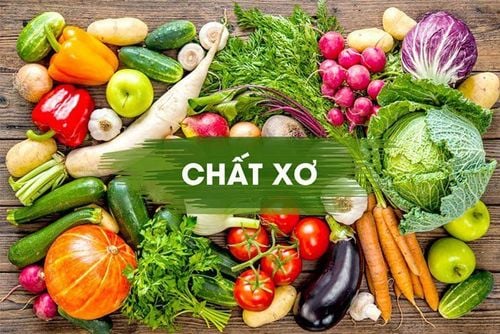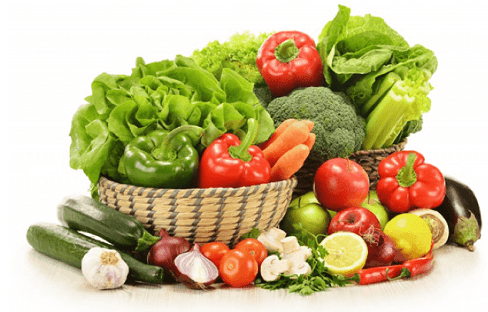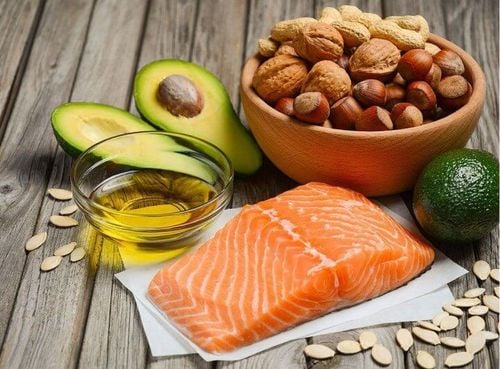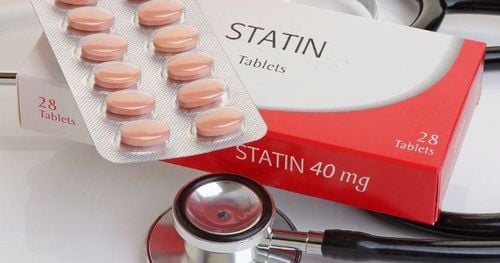This is an automatically translated article.
To build a healthy and healthy diet, you first need to understand the basic definitions of some common nutritional terms. Through the terms will help you identify what ingredients are in the food, thereby making the right choice for you.1. Calories
Calories listed on food labels help you see how many calories are in a serving. In fact, even small packages of food contain more calories than a typical serving.2. Carbohydrates Carbohydrates, also known as sugars or starches, are commonly found in foods like pasta, bread, vegetables, fruit, beans or milk and are used by the body as the main source of energy. Typically, carbohydrates will provide about 4 calories in a gram.
3. Cholesterol Cholesterol is a very important factor in building hormones and cell membranes. Our bodies are capable of making most of the cholesterol they need. In addition, you can also add additional sources of cholesterol to the body through foods. Currently, cholesterol is listed by manufacturers under the fat information on nutrition labels.
4. Daily Value This is another important nutritional term you should know. The Daily Value (DV) is a certain nutrient percentage of a food, determined based on a 2,000-calorie diet.
Through the daily nutritional value will help you know the contribution of food in your diet. Overall, 8% DV is generally considered best.
5. Fiber Fiber is the part of plant food that we cannot digest. Typically, foods that are high in fiber include fruits, vegetables, and whole grains...
Nutrition science has proven that fiber helps you feel fuller for longer, while also contributing to weight loss. cholesterol levels and keep fit. In fact, you will need at least 25-38 grams of fiber per day. A food is considered high in fiber when it provides at least 5 grams per serving.

Khoa học dinh dưỡng đã chứng minh rằng chất xơ giúp bạn cảm thấy no lâu hơn
7. Fortified foods Fortified foods are when they are fortified with nutrients that they didn't initially have. For example, milk is fortified with vitamin D, a nutrient that helps the body absorb calcium more easily.
8. High-fructose corn syrup (HFCS) High-fructose corn syrup (HFCS) is a sweetener, commonly used as a substitute for sugar in food manufacturing.
9. Hydrogenation According to nutritional science, hydrogenation turns liquid fats (such as vegetable oils) into semi-solid fats with a more stable structure (such as margarine). Currently, most oils are only partially hydrogenated, creating unhealthy trans fats that can raise blood cholesterol levels.
10. Lecithin Lecithin is commonly added to chocolates, bakery products and cosmetics. It is used as a diluent, emulsifier or food preservative. Foods that naturally contain lecithin include soybeans, fish, and egg yolks.

Hiểu các thuật ngữ dinh dưỡng phổ biến để xây dựng một chế độ ăn uống lành mạnh
12. Monosodium glutamate (MSG) Monosodium glutamate (MSG) acts as a flavor enhancer, similar to salt. Although some people may experience mild reactions after consuming MSG, the FDA has recognized MSG as safe when eaten in normal amounts.
13. Monounsaturated Fat Monounsaturated fat is another nutritional term mentioned in food labels. Monounsaturated fat is a type of healthy fat, found mainly in fruits, olive oil or avocados.
When used as a substitute for saturated fat, a diet high in monounsaturated fats can help you lower bad cholesterol levels in your blood. Most of the fats in your diet are monounsaturated and polyunsaturated. Most fats contain 9 calories per gram.
14. Polyunsaturated Fat This is a healthy nutrient found mainly in foods like salmon, walnuts, and soybean oil. Polyunsaturated fats provide your diet with essential fatty acids such as omega-3 and omega-6.
15.Trans fats Trans fats are created when liquid fats are hydrogenated into solid fats (such as margarine and shortening). Overall, trans fats are often associated with increased levels of bad cholesterol (LDL) in the blood, which in turn leads to a higher risk of cardiovascular disease. Ideally, you should consume as little trans fat as possible.

Chất béo không bão hòa đa một chất dinh dưỡng lành mạnh
17. Servings This nutritional term helps you determine the number of calories and amounts of each nutrient in a recommended serving of food.
18. Potassium This nutrient is essential for the body's survival, helping to maintain normal blood pressure levels, as well as heart and kidney functions. Potassium is found in salt, potatoes, nuts and milk. Nutritionists recommend that adults consume about 4,700 milligrams of potassium per day.
19. Sodium Sodium (salt) is a very important nutrient for the nerves and the growth of muscles in the body. Most people consume an excess of salt in their diets, which often comes from processed cassava foods. Therefore, you should read food labels carefully to help maintain sodium intake at 2,300 milligrams per day or less. Consuming too much salt can lead to problems like high blood pressure or affect the kidneys.
20. Sugar Sugars listed on nutrition labels are usually added sugars or natural sugars. Added sugars include glucose, sucrose, corn syrup, and maple syrup. Natural sugars usually include fructose in fruit and lactose in milk.

Đường được ghi trên nhãn dinh dưỡng thường là các loại đường bổ sung hoặc đường tự nhiên
In short, it is essential to learn and know the nutritional terms. Helping each person to actively choose foods with nutritious ingredients suitable for themselves, contributing to maintaining health and safety.
Please dial HOTLINE for more information or register for an appointment HERE. Download MyVinmec app to make appointments faster and to manage your bookings easily.













